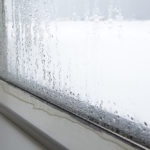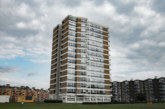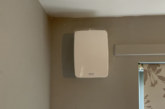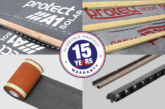
Choosing an alternative to traditional Positive Input Ventilation (PIV) systems with heaters could improve tenant acceptability and energy efficiency in social housing properties, according to a new report published by Elta Fans.
‘Combatting Condensation: A guide to solving condensation issues faced by the social housing sector’ aims to educate social housebuilders and landlords around the escalating issue of condensation in social housing, while providing solid and realistic guidance on improving ventilation, indoor air quality and energy efficiency.
Paul Harrington, Head of Residential Sales at Elta Fans, comments: “Condensation isn’t a new problem, however, amongst a drive to make properties more energy efficient and better insulated, we are losing fresh air and ventilation in our homes. As such, condensation can quickly lead to damp and mould which will affect tenants’ health and the properties themselves.”
This report sheds a light on the issues condensation poses for social housing providers, while explaining condensation season and its common misdiagnosis as damp. The report goes on to consider the financial and health implications of condensation and evaluates the ventilation systems which are currently being installed in social housing properties. Finally, the case for upgrading current ventilation systems for a more intelligent solution to help manage the risk of condensation in social housing properties is put forward.
Paul continues: “Condensation season is well underway and as such, many social housing tenants will be experiencing fogged glass and water droplets on the cold wall surfaces in their properties. Condensation is a natural occurrence which tends to arise in more efficient buildings and is therefore born out of the tenants’ behaviours and use of the building, rather than being at the fault of the property.
“Despite this, social housing providers have a responsibility to maintain air quality and comfort for their tenants and tackling condensation plays a significant role in this. Industry needs to move away from an over-reliance on heaters in PIV systems, and towards more measured and targeted ventilation.”
Like our Facebook page for all the latest industry updates.









